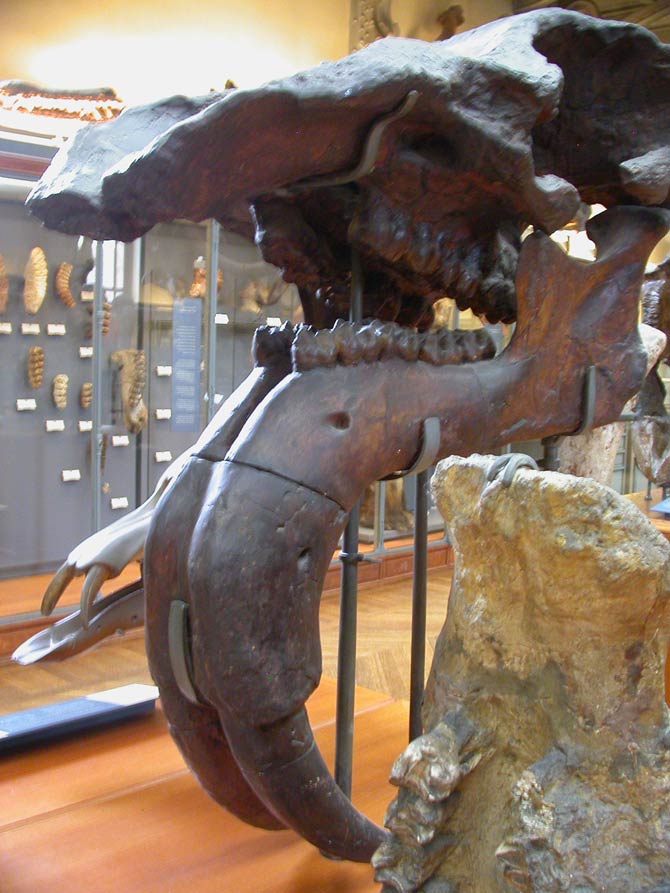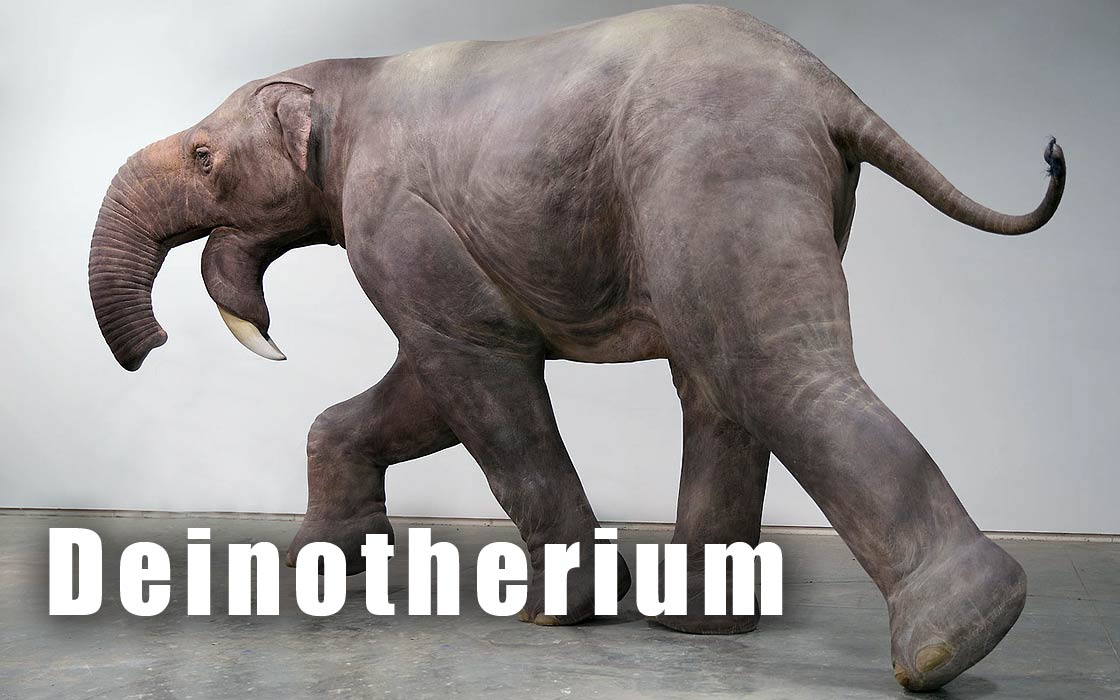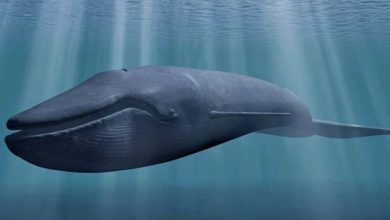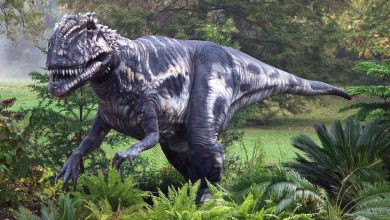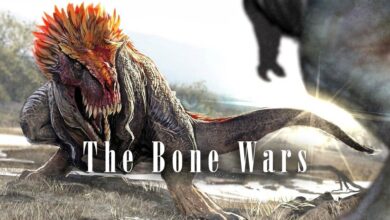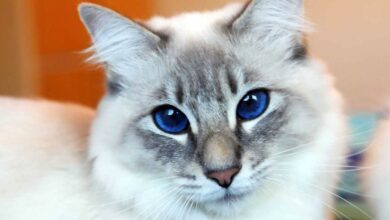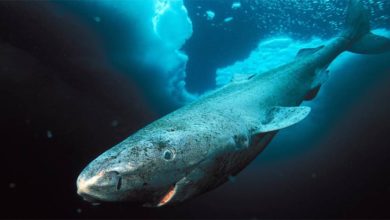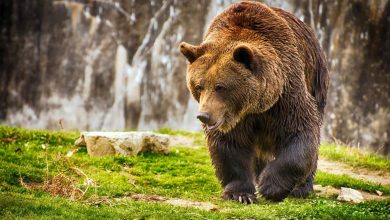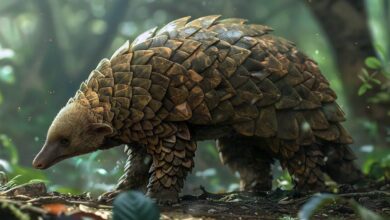Deinotherium – one of the largest proboscideans
From the generic name that translates as “terrible beast”, one might conclude that the Deinotherium was a creature as dangerous and bloodthirsty as a tyrannosaur. However, if we consider its relationship with the powerful but herbivorous proboscideans it is hard to believe that it was a real beast. It is possible, however, that the term “beast” refers only to its impressive size, which makes it classified as one of the largest proboscideans in the history of the Earth.
In the ancient forests of Eurasia and Africa, towering beasts roamed the land, casting a shadow over all creatures that dared to cross their path. Among these giants was a creature like no other – Deinotherium, the terrible beast with the strange, downward-curving tusks.
Deinotherium was one of the largest land animals that ever lived, towering over its contemporaries with a height of up to 4.5 m (14.8 ft) at the shoulder. Its massive body could weigh up to 13 tons, and its thick, wrinkled skin was impervious to all but the most determined predators.
But what really set Deinotherium apart were its tusks. Unlike the straight, upward-curving tusks of modern elephants, Deinotherium’s tusks curved sharply downwards, creating a fearsome weapon that it used to strip bark from trees and fend off any predators that dared to challenge it.
Despite its massive size and fearsome appearance, Deinotherium was surprisingly agile, capable of running at speeds of up to 30 kilometers per hour. Its massive feet, each bearing five thick, padded toes, allowed it to move silently through the forest, its presence only betrayed by the occasional snap of a twig underfoot.
Deinotherium was a true evolutionary marvel, perfectly adapted to its environment and virtually unstoppable in the face of any threat. But despite its size and strength, it ultimately succumbed to the changing world around it, and disappeared from the fossil record some 2.5 million years ago.
Today, we can only marvel at the fossilized remains of Deinotherium, a true titan of the prehistoric world. Its downward-curving tusks and massive body remind us of a time long gone, when the world was ruled by giant animals.
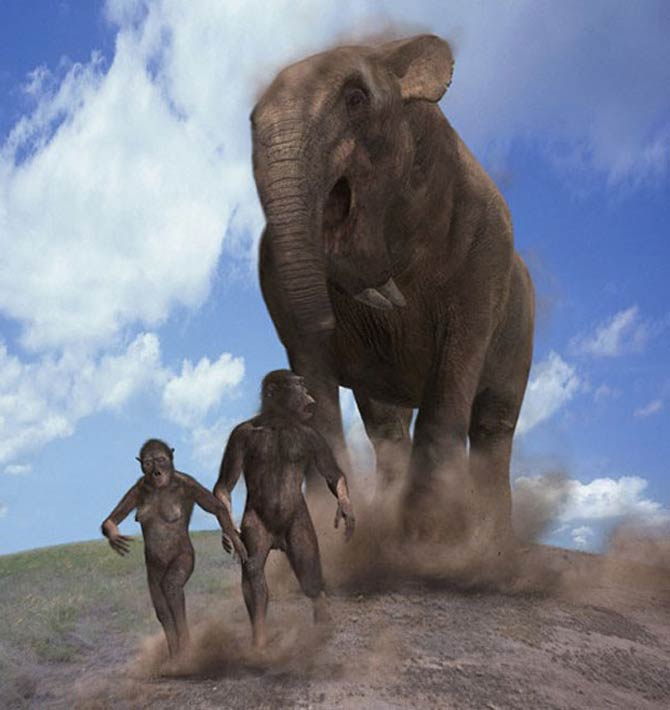
Classification
- Kingdom: Animalia
- Phylum: Chordata
- Class: Mammalia
- Order: Proboscidea
- Family: †Deinotheriidae
- Subfamily: †Deinotheriinae
- Genus: †Deinotherium
- Species: So far about 30 species have been described, but most of them are not valid because they are synonyms for previously named representatives.
- Deinotherium bozasi
- Deinotherium giganteum
- Deinotherium indicum
- Deinotherium proavum
- Deinotherium thraceiensis
Dating and occurrence
Proboscideans of the genus Deinotherium lived in the areas of today’s Eurasia and Africa, one tooth was even found in Crete. Scientists believe that these animals evolved in Africa and only spread over time to other continents.
The discovery was made in the 19th century. The new species was named in 1829 by Johann Jakob Kaup.
It is estimated that they lived from the early Miocene to Early Pleistocene, i.e. from about 20 million to 1 million years ago. In the Pliocene, these mammals were one of the most widespread animals on our planet.
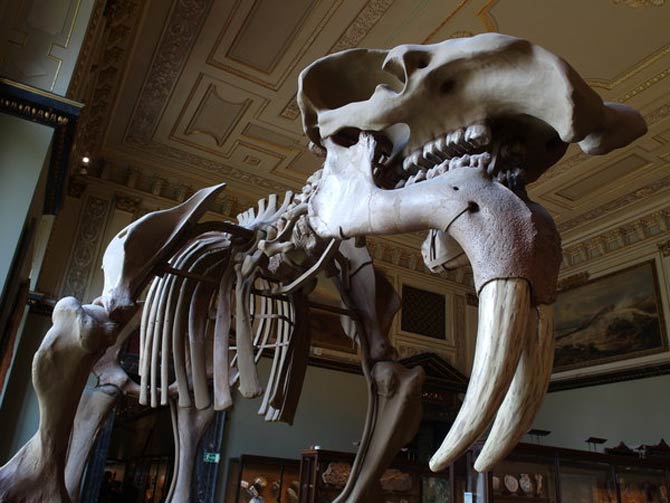
Characteristic
Appearance
The structure of the head and jaws of Deinotherium clearly distinguishes it from the rest of the proboscideans. While its relatives had (and still have) a convex skull, its skull was very flattened at the top, set low and clearly shortened. The nasal openings are enlarged and elongated, which means that the proboscis was strong and well developed. However, it is not known how it worked in everyday life; it seems that thanks to it the animal was able to manipulate objects very well. However, it was not (probably) as long as that of modern elephants.
Size
Adult males were usually approx. 4 m (13.1 ft) high at the withers, but some individuals could measure up to 5 m (16.4 ft). Their body length was 3.5-7 m. It is also estimated that the weight of these animals varied between 5 and 10 tons, although the largest specimens could weigh as much as 15 tons. Its huge dimensions would make the Deinotherium one of the largest proboscideans in the history of the Earth.

Unusual teeth
The teeth structure differs significantly between Deinotherium and other proboscideans. The lower tusks turned out to be the biggest surprise for paleontologists. They were elongated, curved and directed downwards. The unusual feature of Deinotherium still fascinates specialists who are looking for answers to the question of how the animal used these teeth in everyday life. It is known that the teeth inside the jaws were designed to cut and crush the plant material. The lower tusks, on the other hand, formed an arch curved backwards. They were directed towards the forelimbs when the head was kept level.
In elephants and mammoths, the upper tusks were usually used as a food gathering tool. Some theories about the lower tusks of Deinotherium try to “pull” them into the same function. It is possible that they made it possible to dig out the roots and tubers of plants from the ground by attaching the tusks to the stem or branch.
If Deinotherium hooked a branch against its teeth, it could also reach the upper parts of the trees on which the leaves grew. It is also possible that with its teeth it was ripping off the bark, which it also ate. Some believe that the bizarre arrangement of the lower tusks was part of intraspecific identification at a time when many proboscideans walked on the Earth, very similar to each other.
The role of these teeth could include several important functions, not just one. If they grew in the lower jaw, their owners were probably better able to manipulate them than cousins with large upper tusks. In addition, gaining food could be associated with greater dexterity of the forelimbs, which would allow a wider range of movement than in modern elephants. In conclusion, however, none of these theories is particularly convincing.
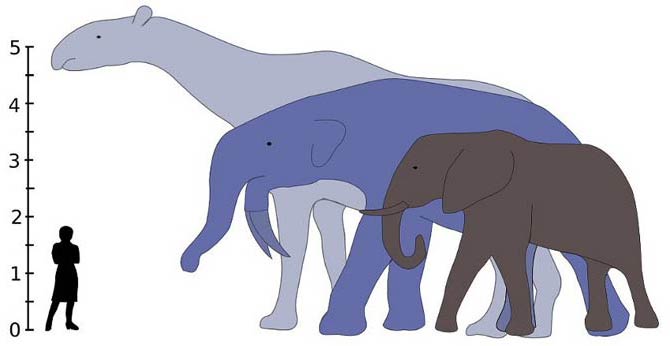
Detailed data / dimensions (size)
Deinotherium
- Body length: up to 7 m (23 ft)
- Height at the withers: up to 4.5 m (14.8 ft) / maybe up to 5 m (16.4 ft).
- Deinotherium giganteum: 3.6–4.0 m (11.8–13.1 ft)
- Deinotherium proavum: 3.6 m (11.8 ft)
- Deinotherium “thraceiensis“: 4.01 m (13.2 ft)
- Weight: 5-15 tons
- Deinotherium giganteum: 8.8–12 t
- Deinotherium proavum: 10.3 t
- Deinotherium “thraceiensis“: 13.2 t
- Dating: 20-1 million years ago, from Early Miocene to Early Pleistocene
- Distribution: Africa and Eurasia
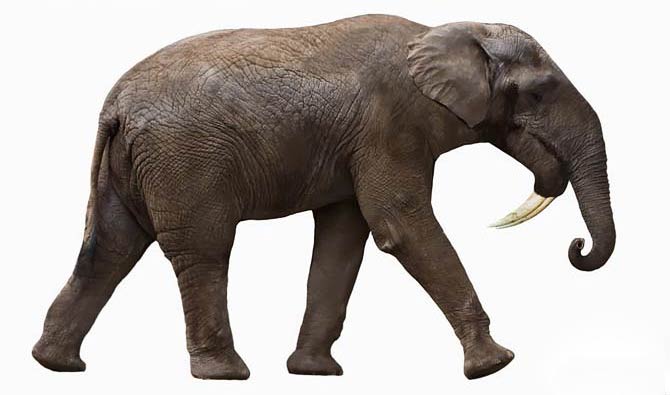
Deinotherium – interesting facts
- In terms of size, the Deinotherium rivals such giants as the Columbian mammoth (Mammuthus columbi) and the steppe mammoth (Mammuthus trogontherii). The only confirmed mammal larger than Deinotherium is the Indricotherium and Palaeoloxodon.
- The shape of the skull greatly distinguishes the Deinotherium from the more advanced evolutionary proboscideans. A flattened and shortened skull may indicate a low intelligence of an extinct mammal in relation to relatives.
- The strange arrangement of the lower tusks shocked nineteenth-century paleontologists to such an extent that when the skeleton was assembled, the skull was placed upside down, i.e. in such a way that the elongated lower teeth were arranged like in other proboscideans.
- Deinotherium lived in the times of Australopithecus – a hominid mammal closely related to modern humans.
- Adrienne Mayor, historian and author of The First Fossil Hunters: Paleontology In Greek and Roman Times, has suggested that Deinotherium fossils found in Greece contributed to the myths about the giants.
